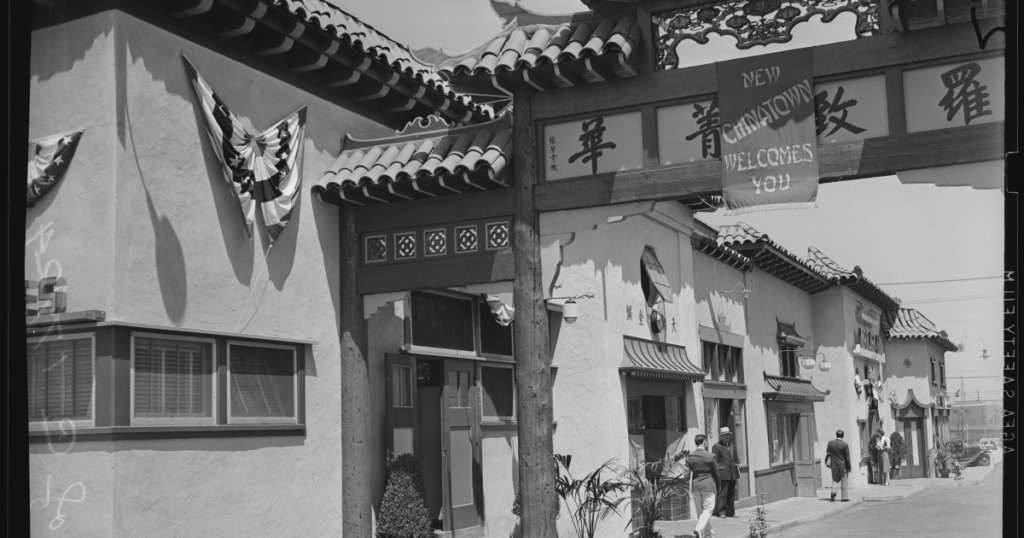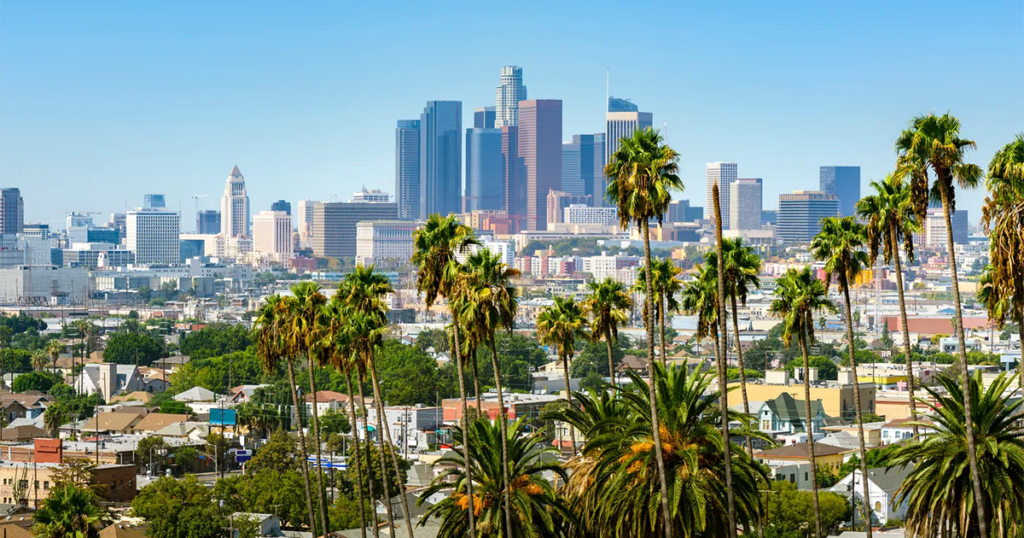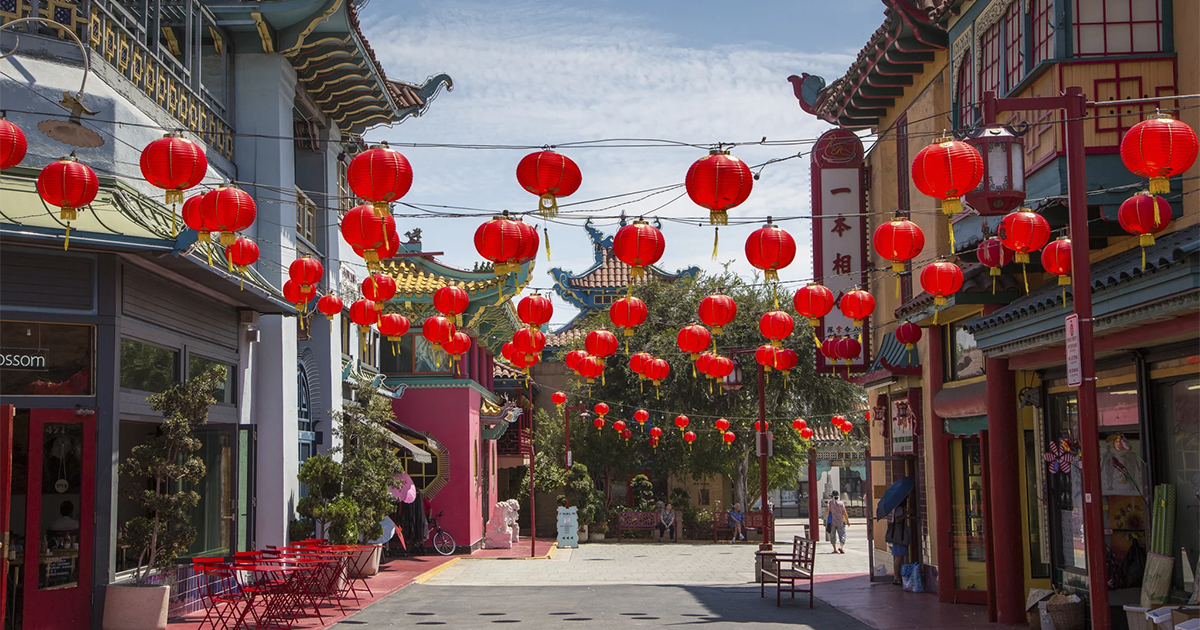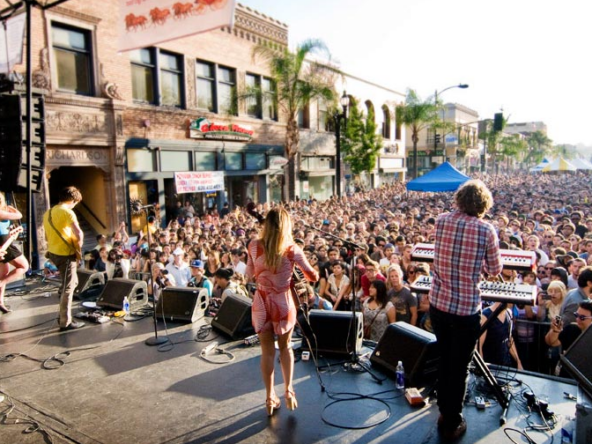A Brief History of Chinatown in LA
Los Angeles is known for its vibrant culture, and one of the most iconic spots is Chinatown. If you’ve ever been, you know how colorful and lively it feels. But beyond the busy markets, delicious food, and beautiful lanterns, there’s a rich history that goes back more than a century.
Chinatown wasn’t always located where it is now. In fact, LA’s first Chinatown was built in 1857 and sat closer to the city’s original plaza. You might be surprised to know that it was the first Chinatown in the United States. This area became a hub for Chinese immigrants who were arriving in droves, mostly to work on the railroads or in agriculture. The community thrived, creating businesses, homes, and a cultural haven for themselves in the growing city.
The Birth of New Chinatown

Unfortunately, the first Chinatown didn’t last forever. By the 1930s, the original community was uprooted. The city decided to build Union Station right on top of it, and the area’s residents were displaced. But don’t worry, because the resilient Chinese community wasn’t going to be pushed aside without bouncing back. They went on to create New Chinatown in 1938.
New Chinatown, as we know it today, was developed as a planned community—a rare thing at the time. It wasn’t just a place for Chinese immigrants; it was designed to be a tourist attraction, too. Imagine creating a whole new neighborhood that embraced its culture while also welcoming visitors! From the get-go, you had businesses like restaurants, herbal shops, and import stores opening up, bringing a piece of China to Los Angeles.
Chinatown’s Cultural Significance
Chinatown is more than just a tourist destination. It’s a living, breathing piece of LA’s history, and if you pay attention, you can feel the stories it holds. The community that built Chinatown wanted it to reflect their heritage. You’ll notice that the architecture draws from Chinese tradition, with pagoda-style buildings, bright red pillars, and beautiful Chinese characters on signs.
The neighborhood has always been a gathering spot for festivals and celebrations. Chinese New Year, for example, is a huge event in Chinatown. Streets fill with parades, dragon dances, fireworks, and food—lots of food. It’s a time when you can see how vibrant and alive Chinese culture is in LA.
Chinatown wasn’t just a symbol for the Chinese community; it was also an economic center for them. The businesses here played a big role in connecting China with the U.S., importing and exporting goods that were otherwise hard to come by. As you walk through the shops today, you can still see that connection, with items that range from traditional herbs to modern trinkets.
Challenges and Revitalization
Like any other neighborhood in a big city, Chinatown has faced its fair share of challenges. Throughout the 20th century, it struggled with poverty, crime, and a declining population. Many Chinese families moved out of Chinatown and into the suburbs, seeking better opportunities. But even during the tough times, the heart of Chinatown stayed alive.
In the late 20th century, a push for revitalization started to take shape. Chinatown began to attract new businesses, and community leaders worked hard to preserve its historical and cultural landmarks. You can see evidence of this revitalization in the art galleries, boutique shops, and trendy restaurants that now dot the area.
The LA Metro’s Gold Line extension also brought more foot traffic into Chinatown, making it easier for both tourists and locals to explore this historic area. Today, you’ll find a blend of old and new—a place where tradition meets the modern world, and where the past is always present but the future looks bright.
Chinatown Today: A Hub for Investors

Interestingly, Chinatown’s history and location have also made it an appealing spot for Chinese and Taiwanese investors. Real estate is booming in LA, and Chinatown’s central location makes it attractive for both residential and commercial investments. Investors see the potential in preserving the cultural heritage while building for the future.
The area around Chinatown has also become an extension of Los Angeles’ growing tech hub. Investors from overseas are keen on capitalizing on this transformation, seeing Chinatown as not just a historical treasure, but a valuable part of LA’s evolving landscape. Whether it’s through renovating old buildings or developing new properties, Chinatown is thriving as both a cultural and economic force.
The Future of Chinatown
Chinatown may be rooted in the past, but it’s definitely moving toward an exciting future. As more people rediscover the neighborhood’s charm, its real estate and business markets continue to grow. Investors—both local and international—are playing a huge role in shaping Chinatown’s next chapter.
For visitors like you, Chinatown remains a beautiful blend of history, culture, and community. Whether you’re there for the food, the art, or just to take in the atmosphere, you’re walking through a piece of LA’s past that’s very much alive. Who knows? Maybe your next trip to Chinatown will give you a glimpse into what the future holds for this ever-evolving neighborhood.



